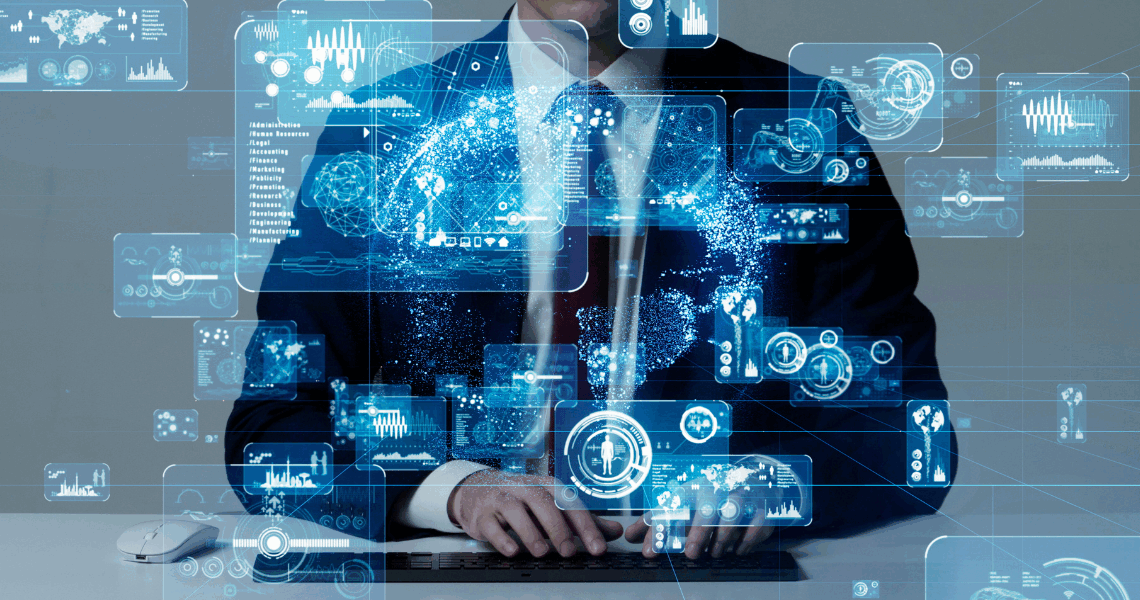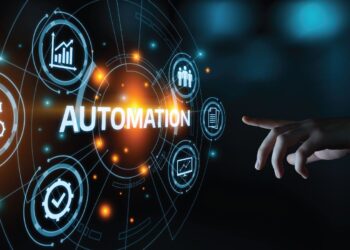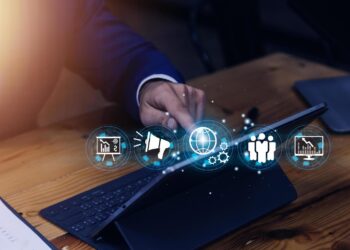In an era defined by rapid technological advancement and an insatiable demand for efficiency, optimization, and predictive power, a groundbreaking innovation is revolutionizing industries worldwide: the digital twin simulator. Far more than just a 3D model, a digital twin is a virtual replica of a physical object, process, system, or even an entire city, constantly updated with real-time data from its real-world counterpart. When this digital twin is combined with advanced simulation capabilities, it transforms into an incredibly powerful tool for analysis, testing, prediction, and optimization.
Digital twin simulators create a dynamic, living model that mirrors the behavior, performance, and lifecycle of physical assets, allowing organizations to understand, predict, and ultimately control their operations with unprecedented precision. From designing next-generation aircraft to managing complex smart cities, the ability to virtually experiment and foresee outcomes is fundamentally changing how businesses operate, innovate, and thrive. This article will explore the core concept of digital twin simulators, delve into their key components, examine their transformative applications across diverse sectors, discuss the inherent challenges in their implementation, and cast a vision for their profound impact on the future of technology and industry.
Digital Twin vs. Simulation
While often used interchangeably, it’s crucial to distinguish between a digital twin and a simulation, and then understand how they synergize to form a digital twin simulator.
- Simulation: A simulation is a virtual model that mimics the operation of a real-world process or system over time. It’s often used for “what-if” analysis, to understand how a system might behave under different conditions, or to test theoretical scenarios. A simulation is typically built with a predefined set of parameters and does not continuously exchange data with a physical counterpart.
- Digital Twin: A digital twin is a dynamic, virtual representation of a physical asset, system, or process. Its defining characteristic is the continuous, real-time data flow from the physical twin to the digital twin. This real-time data allows the digital twin to accurately reflect the current state, condition, and behavior of its physical counterpart. It’s a living model that evolves as the physical object changes.
- Digital Twin Simulator: This is where the power truly lies. A digital twin simulator integrates the real-time, dynamic nature of a digital twin with the predictive and analytical capabilities of simulation software. It allows users to:
- Run “what-if” scenarios: Test potential changes or interventions in the virtual environment before applying them to the physical asset.
- Predict future performance: Forecast maintenance needs, potential failures, or optimal operating conditions based on current data and simulated scenarios.
- Optimize operations: Experiment with different parameters in the virtual world to find the most efficient and effective configurations for the physical twin.
- Troubleshoot and diagnose: Recreate real-world issues in the simulator to identify root causes and develop solutions without disrupting physical operations.
Key Components of a Digital Twin Simulator
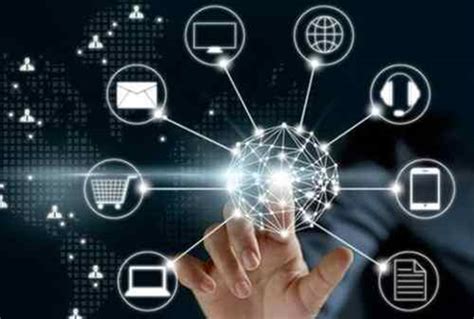
Building and operating an effective digital twin simulator requires a robust ecosystem of interconnected technologies.
- Physical Asset: The real-world object, system, or process being replicated. This could be anything from a single sensor to an entire factory.
- Sensors and Actuators: These are the primary data collection points from the physical asset.
- Sensors: Collect real-time data (temperature, pressure, vibration, humidity, location, etc.) from the physical twin.
- Actuators: Devices that can perform actions in the physical world based on commands from the digital twin (e.g., adjust a valve, start a pump).
- Connectivity and Communication Infrastructure: The channels through which data flows.
- Internet of Things (IoT) Platforms: Connect sensors and devices, manage data streams, and enable communication between the physical and digital worlds.
- Cloud Computing: Provides scalable storage, processing power, and infrastructure for managing vast amounts of data and running complex simulations.
- Edge Computing: Processing data closer to the source (at the “edge” of the network) to reduce latency and improve responsiveness, especially for critical real-time applications.
- 5G/6G Networks: High-speed, low-latency wireless communication essential for real-time data transfer in demanding applications.
- Data Models and Software Platforms: The core of the digital twin.
- 3D Models: Visual representation of the physical asset.
- Physics-Based Models: Mathematical representations of how the physical asset behaves under different conditions (e.g., fluid dynamics, thermodynamics, structural mechanics).
- Simulation Software: Tools that run various scenarios, predict outcomes, and perform complex analyses (e.g., Ansys, Dassault Systèmes, Siemens PLM).
- Data Lakes/Warehouses: Storage for historical and real-time data from the physical twin.
- Data Analytics and Artificial Intelligence (AI): The intelligence layer.
- Machine Learning (ML): Algorithms to identify patterns, predict future behavior, detect anomalies, and optimize performance based on collected data.
- Predictive Analytics: Forecasting potential issues (e.g., equipment failure, performance degradation) before they occur.
- Prescriptive Analytics: Recommending specific actions to optimize operations or prevent problems.
- AI for Anomaly Detection: Quickly identifying deviations from normal behavior that could indicate impending issues.
- User Interface and Visualization: How users interact with the digital twin simulator.
- Dashboards: Real-time visualization of key performance indicators (KPIs) and operational data.
- Augmented Reality (AR) / Virtual Reality (VR): Immersive interfaces for interacting with the digital twin, allowing for virtual walkthroughs, remote assistance, and training.
Transformative Applications Across Industries
The versatility of digital twin simulators makes them invaluable across a vast array of sectors, driving innovation and efficiency.
- Manufacturing and Industry 4.0:
- Predictive Maintenance: Simulating component wear and predicting failures, enabling scheduled maintenance before breakdowns occur, reducing downtime and costs.
- Process Optimization: Virtually testing changes to production lines, optimizing workflows, and improving throughput without disrupting live operations.
- Quality Control: Simulating product performance under various conditions to identify potential defects early in the design phase.
- New Product Development: Rapid prototyping and testing of product designs in a virtual environment, significantly reducing time-to-market.
- Aerospace and Defense:
- Aircraft Design and Testing: Simulating aerodynamic performance, structural integrity, and system behavior under extreme conditions.
- Fleet Management: Monitoring the health of individual aircraft, predicting maintenance needs, and optimizing flight schedules.
- Pilot Training: Realistic flight simulators powered by digital twin data for enhanced training experiences.
- Mission Planning: Simulating complex scenarios for defense operations, optimizing resource deployment and tactics.
- Healthcare and Medicine:
- Personalized Medicine: Creating “digital twins” of individual patients to simulate drug interactions, disease progression, and treatment efficacy.
- Hospital Operations Optimization: Simulating patient flow, resource allocation, and emergency response to improve efficiency and reduce wait times.
- Medical Device Design: Testing the performance and safety of new medical devices in a virtual environment.
- Surgical Planning: Simulating complex surgical procedures for pre-operative planning and training.
- Energy and Utilities (Smart Grids):
- Grid Optimization: Simulating power flow, predicting demand fluctuations, and optimizing energy distribution in real-time.
- Renewable Energy Integration: Modeling the impact of intermittent renewable sources (solar, wind) on grid stability.
- Asset Management: Monitoring the health of transformers, power lines, and other grid components, predicting maintenance needs.
- Emergency Response: Simulating disaster scenarios to develop robust recovery plans and improve grid resilience.
- Automotive:
- Vehicle Design and Testing: Simulating crash tests, aerodynamic performance, and component wear virtually, accelerating development cycles.
- Autonomous Vehicle Development: Training and testing self-driving algorithms in highly realistic simulated environments.
- Fleet Management: Monitoring the health and performance of vehicles in a fleet, optimizing routes and maintenance schedules.
- Smart Factories: Optimizing production lines for vehicle manufacturing, as seen in Industry 4.0.
- Construction and Infrastructure (Smart Cities):
- Building Information Modeling (BIM) to Digital Twin: Extending BIM models with real-time data to monitor building performance, energy consumption, and maintenance needs.
- Urban Planning: Simulating traffic flow, pollution dispersion, and resource consumption in smart cities to optimize urban design.
- Infrastructure Monitoring: Real-time monitoring of bridges, roads, and utilities, predicting structural fatigue and scheduling repairs.
- Disaster Management: Simulating natural disasters (floods, earthquakes) to assess impact and plan emergency responses.
Key Benefits of Implementing Digital Twin Simulators
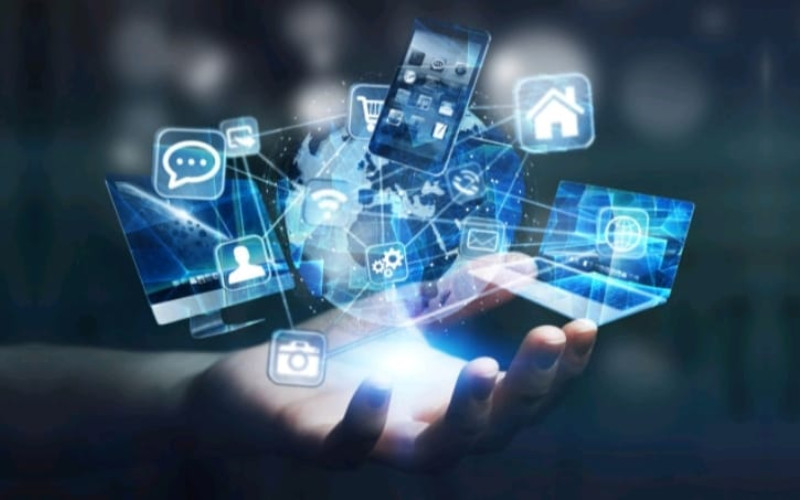
The widespread adoption of digital twin simulators is driven by a compelling set of advantages they offer across various dimensions.
- Cost Reduction:
- Reduced Downtime: Predictive maintenance prevents costly unexpected breakdowns.
- Optimized Resource Use: Efficient operations lead to lower energy, material, and labor costs.
- Reduced Physical Prototyping: Virtual testing significantly cuts down on the need for expensive physical prototypes.
- Improved Efficiency and Productivity:
- Process Optimization: Identifying and eliminating bottlenecks in workflows.
- Faster Development Cycles: Accelerating design, testing, and deployment of new products and systems.
- Real-time Insights: Empowering quicker, more informed decision-making.
- Enhanced Risk Management and Safety:
- Predictive Anomaly Detection: Identifying potential failures before they lead to hazardous situations.
- Scenario Testing: Simulating dangerous conditions virtually to develop robust safety protocols.
- Reduced Human Error: Automation and data-driven insights minimize human intervention in risky tasks.
- Better Product/Service Quality:
- Optimized Design: Ensuring products meet performance and reliability standards from the outset.
- Consistent Performance: Maintaining optimal operating conditions for continuous quality.
- Personalized Experiences: In fields like healthcare, tailoring solutions to individual needs.
- Accelerated Innovation:
- Rapid Experimentation: Ability to quickly test new ideas and configurations in a risk-free virtual environment.
- Faster Feedback Loops: Real-time data provides immediate insights into performance, facilitating continuous improvement.
- Complex System Understanding: Gaining deeper insights into the intricate interdependencies within large systems.
- Sustainability and Environmental Impact:
- Optimized Energy Consumption: Reducing waste and improving efficiency in energy-intensive processes.
- Resource Conservation: Minimizing material waste through optimized design and production.
- Reduced Emissions: More efficient operations lead to lower carbon footprints.
Challenges and Considerations for Adoption
Despite their immense promise, the implementation of digital twin simulators comes with its own set of significant challenges.
- Data Management Complexity:
- Volume, Velocity, Variety: Handling vast amounts of real-time data from numerous sensors, often in different formats.
- Data Quality and Integrity: Ensuring the accuracy, completeness, and reliability of data flowing from physical assets.
- Data Integration: Connecting disparate data sources and systems within an organization.
- Cybersecurity Risks:
- Vulnerability of Connected Systems: The extensive connectivity required for digital twins creates a larger attack surface for cyber threats.
- Protection of Sensitive Data: Safeguarding proprietary operational data and intellectual property within the digital twin.
- Potential for Manipulation: A compromised digital twin could lead to incorrect decisions in the physical world.
- High Upfront Costs and ROI Justification:
- Investment in Infrastructure: Significant expenditure on sensors, IoT platforms, cloud computing, and specialized software.
- Talent Acquisition: Hiring or training skilled professionals in data science, AI, simulation engineering, and domain-specific expertise.
- Demonstrating Value: Clearly articulating and quantifying the return on investment (ROI) to secure stakeholder buy-in.
- Interoperability and Standardization:
- Proprietary Technologies: Different vendors offering proprietary solutions can create silos and hinder seamless integration.
- Lack of Universal Standards: Absence of universally adopted standards for data exchange and digital twin modeling.
- Solution: Industry collaboration and the development of open standards are crucial for widespread adoption.
- Model Accuracy and Validation:
- Complexity of Real-World Systems: Building accurate virtual models that truly reflect complex physical phenomena is challenging.
- Continuous Validation: Ensuring the digital twin remains synchronized and accurate over the physical asset’s lifecycle requires ongoing validation and recalibration.
- Dealing with Uncertainty: Incorporating probabilistic models and handling unknown variables.
- Organizational and Cultural Resistance:
- Skill Gaps: A shortage of employees with the necessary expertise to develop, implement, and manage digital twin technologies.
- Resistance to Change: Traditional mindsets and reluctance to adopt new workflows.
- Solution: Comprehensive training programs, change management strategies, and demonstrating early successes.
- Scalability:
- Expanding Scope: Moving from a single asset digital twin to an entire fleet, factory, or city introduces significant complexity.
- Computational Demands: Large-scale digital twins require immense computational power.
The Future Trajectory of Digital Twin Simulators
The evolution of digital twin simulators is set to accelerate, integrating with emerging technologies and expanding into new domains.
- Convergence with Metaverse and Web3: As the metaverse develops, digital twins could form the basis of highly realistic, interactive virtual environments for various purposes, including training, collaboration, and even virtual commerce. Blockchain in Web3 could provide secure data provenance for digital twins.
- Autonomous Systems and Self-Optimization: Digital twin simulators will increasingly enable fully autonomous systems that can self-diagnose, self-optimize, and even self-repair based on real-time insights and simulated outcomes.
- Human-Centric Digital Twins: Beyond machines and processes, the concept will expand to create digital twins of human health, behavior, and even organizational structures to optimize human performance and well-being.
- Cross-Domain Integration: Digital twins of different assets (e.g., a factory’s machines, its energy system, and its supply chain) will be integrated to create holistic, hyper-optimized “systems of systems” twins.
- SaaS (Software as a Service) Models for Digital Twins: Lowering the barrier to entry by offering digital twin capabilities as cloud-based services, making them accessible to a wider range of businesses, including SMEs.
- Real-time Predictive and Prescriptive Capabilities: Moving from simply monitoring to actively predicting failures and prescribing optimal actions with minimal human intervention.
- Advanced Visualization and Interaction: Further development of AR/VR/Mixed Reality (MR) interfaces for more intuitive and immersive interaction with digital twins.
Conclusion
Digital twin simulators are more than just a technological trend; they represent a fundamental paradigm shift in how we understand, manage, and interact with the physical world. By creating dynamic, living replicas of assets and processes, these powerful tools empower industries to achieve unprecedented levels of efficiency, reliability, safety, and innovation. From optimizing complex manufacturing operations to revolutionizing healthcare and building smarter cities, the potential applications are vast and continue to grow.
While significant challenges remain in areas such as data management, cybersecurity, and standardization, ongoing advancements in AI, IoT, cloud computing, and communication technologies are rapidly overcoming these hurdles. The journey towards a future where every significant physical asset has its digital counterpart is well underway. Embracing digital twin simulators is not just about staying competitive; it’s about unlocking a new era of predictive intelligence, sustainable operations, and transformative progress across every facet of human endeavor. The digital mirror is being polished, and its reflection promises a future of unparalleled control and foresight.

